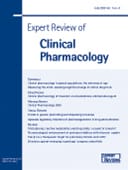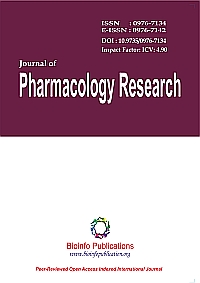
“The cannabinoid receptors subtype 2 (CB2R) are emerging as novel targets for the development of new therapeutic approaches and PET probes useful to early diagnose neuroinflammation as first step in several neurodegenerative disorders such as Alzheimer’s disease (AD) and Parkinson disease (PD).
This Research Topic is mainly focused on the involvment of CB2R in neurodegenerative disorders and on the usefulness of CB2R ligands in the therapy and early diagnosis of neuroinflammation as onset of neurodegeneration.
In the reviews of Aso and Ferrer and Cassano et al. an interesting and exaustive overview of the endogenous cannabinoid signaling and its role in neuroinflammation and neurogenesis is reported. The potential of CB2R as therapeutic target in AD is argued by several evidences derived by robust experimental models and the effects modulated by CB2R agonists on different pathways involved in the pathogenesis of AD are discussed; indeed, these ligands are able to reduce inflammation, Aβ production and deposition, tau protein hyper-phosphorylation and oxidative stress damage caused by Aβ peptides. CB2R agonists are also able to induce Aβ clearance leading to cognitive improvement in AD models.
In conclusion, considering that neuroinflammation has been widely reported as indicator and modulator of neurodegeneration, the reduction of the neuroinflammatory responses could be considered as a new therapeutic strategy in these diseases. Moreover, the selective CB2R overexpression on the activated-microglial cells provides also a highly specialized target useful to an early diagnosis of the neurodegenerative diseases.”
http://journal.frontiersin.org/article/10.3389/fnins.2017.00196/full





.jpeg)




